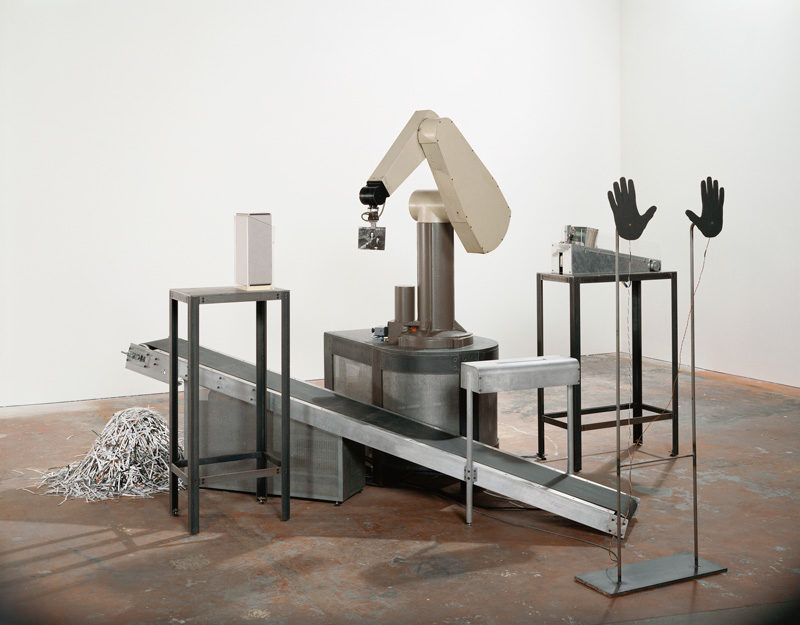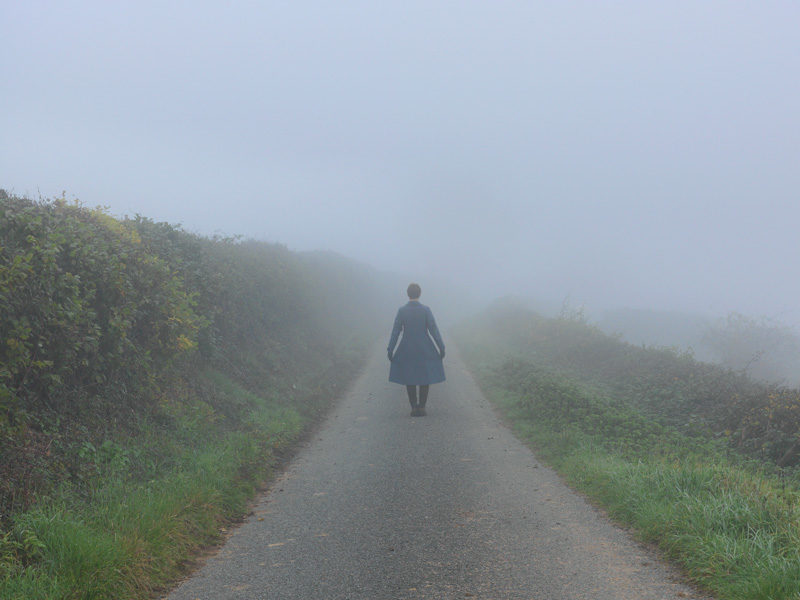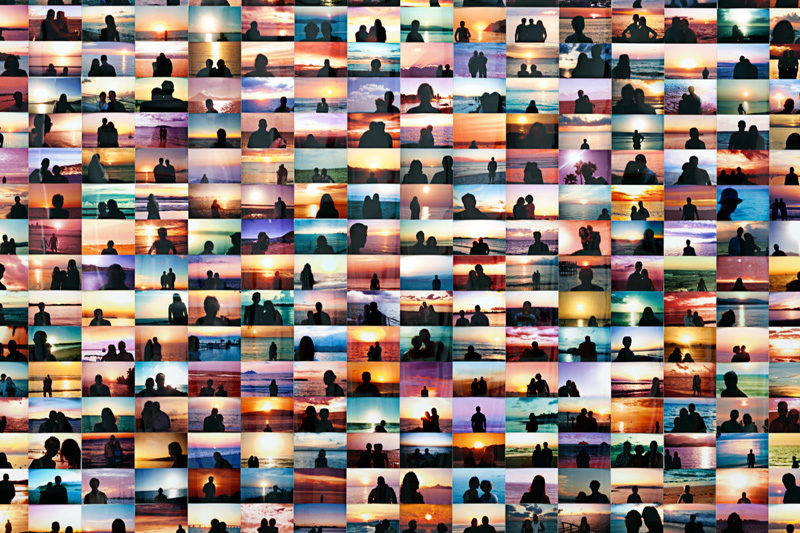Le Mois de la photo à Montréal
September 2013
An interview by Jacques Doyon
Jacques Doyon: You have articulated the theme of the next edition of Le Mois de la photo à Montreal around the title Drone: The Automated Image, and you have written, “The camera is a sophisticated instrument with its own laws and its own agency” and “The artists raise an important question: do cameras have a life of their own?” Can you elaborate on the implications of these statements? Since cameras remain tools, you seem to be pointing toward the agency (the multiple agencies?) behind the settings of their automated functions.
Paul Wombell: The camera is an amalgamation of different technological elements that have migrated together over time. The camera might seem stable, but it has constantly changed over its history – different materials, different uses, and different ways of recording time and light in miniaturized two-dimensional form. Some elements of the camera have histories that go back three thousand years. The first man-made lens, the Nimrud lens, made from a piece of rock crystal, was found in Nimrud in modern-day Iraq in the mid-nineteenth century and is dated 750–710 BCE. In his Book of Optics, written from 1011 to 1021, the Muslim scientist Ibn al-Haytham describes the camera obscura. In the late sixteenth century, Giambattista della Porta perfected the camera obscura with a convex lens that he compared to the human eye. These are the building blocks from which the camera we recognize today was built.
So the camera is much more than a tool, it is a complex instrument with an extraordinary history that thousands of people known and unknown have been involved with. Today, a midrange digital camera will have six hundred individual components that are made from different materials and manufactured around the world. You could say that the camera embodies the history of humankind. It extends the limited capacities of the human body, such as those for vision and memory, but also creates a space of possibilities for human imagination. Think of J. G. Ballard’s novel Crash, which describes the psychological effects of a motorcar accident. However, this symbiotic relationship with the human body has wider implications. Sherry Turkle, a professor at MIT, has written that the computer is not a tool, but an integral part of our social and psychological lives. I think that the camera should be seen in the same way, fully integrated into the human body.
With the recent developments in camera technology, and with the automation of image making and integration with the computer, we can send images directly from the camera state into social media. Sent to other platforms, connected to other devices, the camera is developing its own life with other forms of technology. This network might well be used for military purposes and surveillance, and this is referenced in some of the work in the biennale, but the main focus is on the agency of the machine.
JD: Can you talk a bit more about the implications of this agency, besides or beyond the military and political uses of the automated image machine? What other components of our daily life are affected by it? What about civilian applications of the drone? And what about the creative and playful uses of the image that come with the very broad availability and ease of use of cameras nowadays?
PW: Over the last two years, the drone has become the “folk devil” or maybe a “technological devil” in the media. Debate revolves around the moral and ethical use of drones used by the U.S. military to kill remotely in Afghanistan and their use for surveillance. This can also be seen in concerns about computer games and the use of social media to mediate human relationships. Will drones become friendly? I am sure that some of the companies that make drones will hope so. You can imagine drone parks opening on weekends where you go to play with your drone, but at the moment the use of drones is very controlled and restricted. Drones are part of a wider change in the automation of work. We take it for granted that technology is used to assist in manual, manufacturing, and administration work. However, you cannot understand the present financial crisis without understanding the role of the automation of transactions in electronic stock trading. Today, with algorithmic and high-frequency trading, computers can spot trends before investors can blink, deciding on aspects of the order and in many cases initiating the order without human intervention. These trades can all take place within less than 150 microseconds. A more interesting question is, Will machines be able to play and be creative? This connects to the Turing Test and raises the question of what it means to be human. I think that all the work in the biennale engages in some way with this question.
JD: You’ve curated a number of exhibitions and published a number of books over the years, besides being the director of The Photographers’ Gallery in London. Can you tell us a bit about these previous experiences, and about how they have framed your perception of photography? What brought you to your current interest in drones and the automated image? Sportscape: the Evolution of Sports Photography, published by Phaidon in 2000, appears noticeable for its scope. Can you tell us a bit about your curatorial and editorial objectives behind that project?
PW: In my curated projects, photography has given me a framework within which to investigate the human condition, and I have shamelessly used photography to make some sense of the world. Previously my focus was on the photographic image; today I am more interested in the relationship between vision technologies such as photography and humans. Now I wonder if photography has used me!
In 1998 I was asked by the book publisher Phaidon to edit a book on sports photography. Sportscape was published in 2000. The original idea was to look into the archives of Alllsport (part of Getty Images). I found the brief a bit restricted, so I proposed that I should also look at older photographic archives, such as the Hulton Picture Library, and create a book that looked at the development of sports photography over a hundred-year period. I spent many hours and days looking through tens of thousands of photographs. I saw a narrative developing involving changes in photographic technology – faster films and lenses – and the making of sports personalities. In these archives I saw, in the 1980s, that cameras were being placed in unusual or dangerous places where the photographer could not have been placed. The photographer was becoming more like an operative who set up the camera to function more or less on its own. I found this very interesting and created a chapter in the book that looked at the automation of image making. For me this raised the question of who the photographer was or even if there was a human photographer.
In Nan Goldin’s The Ballad of Sexual Dependency, there is this picture of Nan after she had been assaulted by her thenboyfriend. This is very difficult and painful image. It might have been a self-portrait – or, as we call them today, a selfie – or she might have given the camera to someone else or set the camera on automated exposure. This very personal image raised the question about authorship: who took this photograph? Also with Cindy Sherman, who took her photographs? In 2010 I curated an exhibition on the work of Juergen Teller, and in some of his images he moves from behind the camera to join the model in the picture. Again, who took the picture?
So the idea of automation and the independent role of the camera is something that I have been keen to investigate in some way for some time. Montreal gave me the opportunity to do this in a more in-depth and considered way.
JD: Would you talk a bit about the artworks presented in Le Mois de la photo à Montréal and some of the underlying themes of the exhibitions?
PW: Maybe the underlying themes in the biennale are the relationships between the animate and the inanimate and between the human and animal. For instance, in her video installation From Here To There, Jana Sterbak attached a camera to a dog, and in Véronique Ducharme’s installation Beasts she used a hunting camera to detect movement and heat that triggered an exposure to make images of passing animals. Both of these works suggest a world in which humans are just another element, no more or less important than animals or machines.
In the exhibitions in the biennale you will find photographic prints, robots, cameras, videos, and installations. Many of the artists have used the automatic possibilities within the camera to make their work. In many respects they have left the camera to its own devices to seek out and make imagery. Some of the artists have used existing images from Web sites such as Craigslist, Facebook, and Google Street to raise questions about what is private when the camera becomes ubquitous. Others have used images from Google Earth and NASA to explore ideas of distance.
I do want to question the administrative demarcations that are made between fine-art photography and applied photography, digital and analog, and what is generally called new media and old media. I do not find these boundaries at all helpful.
And I would especially like visitors to the biennale to look at the camera with a sense of wonderment, to recognize the significance of its invention and continuing development and how it is remaking human imagination.
Paul Wombell is an independent curator and writer on photography living in London (U.K.). He has been the director of Impressions Gallery, York (1986–94), director of The Photographers’ Gallery, London (1994–2005), and festival director of the Hereford Photography Festival (2006–07). Since 2007, he has curated exhibitions for the annual photographic festival PHotoEspana in Madrid and for FotoGrafia Festival Internazionale di Roma. He regularly writes for international photographic publications, and he has edited nine books on photography. At present, he is artistic director of the new photographic mission on the French landscape, which will result in an exhibition and publication in 2014.
Jacques Doyon has been the editor-in-chief and director of Ciel variable since January 2000.




